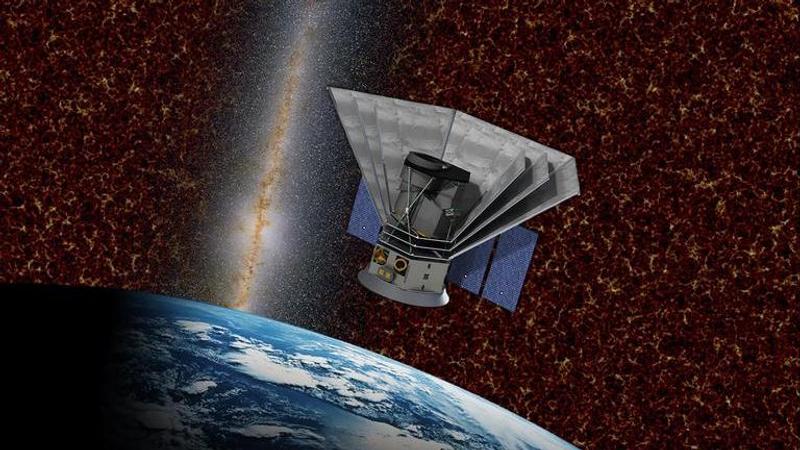Published 20:11 IST, January 7th 2021
NASA's new telescope will unlock big bang clues and other space mysteries
National Aeronautics and Space Administration (NASA) is bringing its latest telescope one step closer to launch, the agency announced on January 6.

National Aeronautics and Space Administration (NASA) is bringing its latest telescope one step closer to launch, the agency announced on January 6. The colossal gadget named Spectro-Photometer for the History of the Universe, Epoch of Reionization and Ices Explorer (SPHEREx) aims to look for evidence of the Big Bang theory and map the resulting pattern of galaxies. SPHEREx is also tasked to search for water and frozen organic molecules in outer space.
“NASA's upcoming space telescope, the Spectro-Photometer for the History of the Universe, Epoch of Reionization and Ices Explorer, or SPHEREx, is one step closer to launch. The mission has officially entered Phase C, in NASA lingo. That means the agency has approved preliminary design plans for the observatory, and work can begin on creating a final, detailed design, as well as on building the hardware and software,” a statement on NASA’s website read.
To launch between 2024 and 2025
According to NASA, the subcompact car-sized telescope is set to launch between June 2024 and April 2025, following which it would embark on its two-year-long journey. During its outer space voyage, the telescope would map the entire sky four times using spectroscopy wherein it would break near-infrared light into its individual wavelengths, or colours, just like a prism breaks sunlight into its component colours. The space agency stated that the data from spectroscopy could reveal what an object is composed of as discrete elements reflect light at different wavelengths. It could also help gauge an object’s distance from planet earth. "That's like going from black-and-white images to colour; it's like going from Kansas to Oz," said Allen Farrington, the SPHEREx project manager at JPL.
The team is working on the development of the space telescope had already completed a “preliminary design review” in October 2020. It was during this period that the team convinced NASA administration that they could turn the dream telescope in a reality. The SPHEREx team is now scheduled to spend 29 months building the mission components before entering the next mission phase, when those components will be brought together, tested, and launched, reads a statement on NASA’s website.
Image: NASA
Updated 20:11 IST, January 7th 2021



